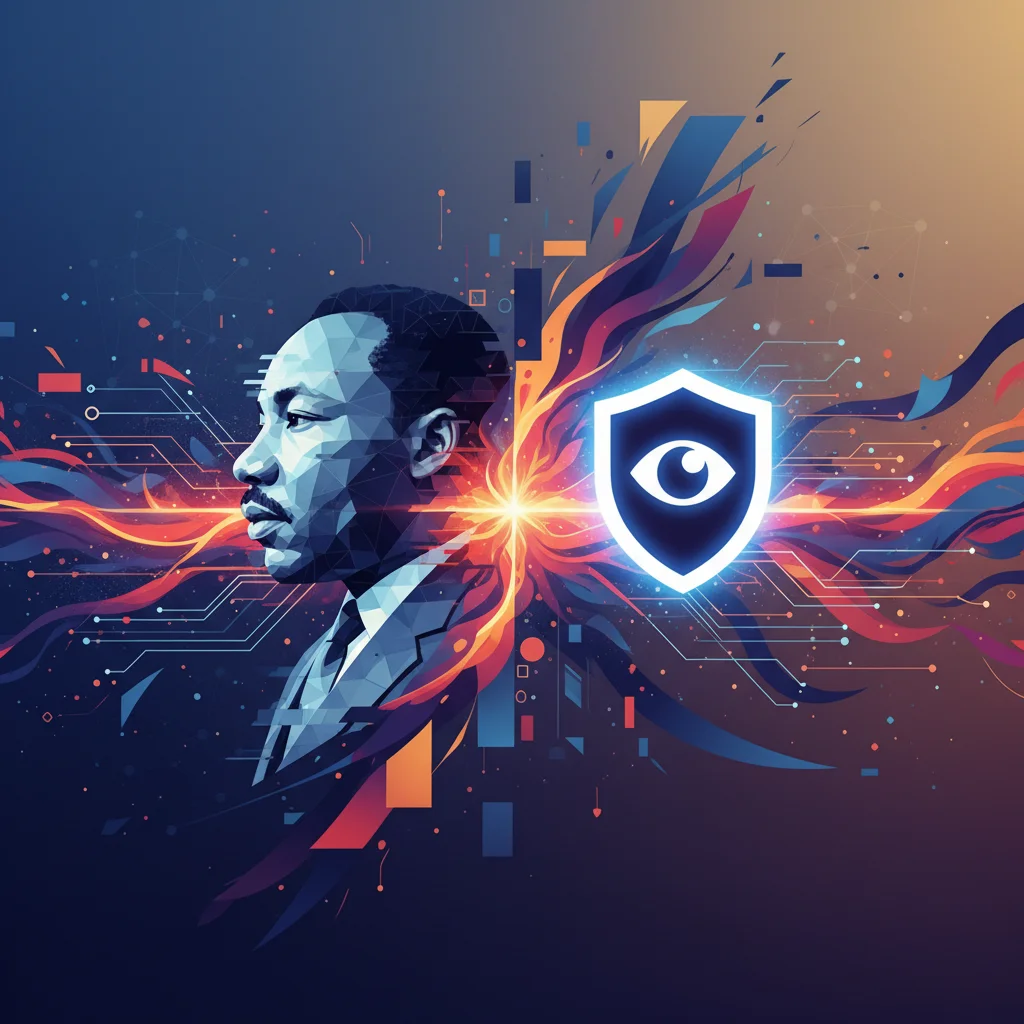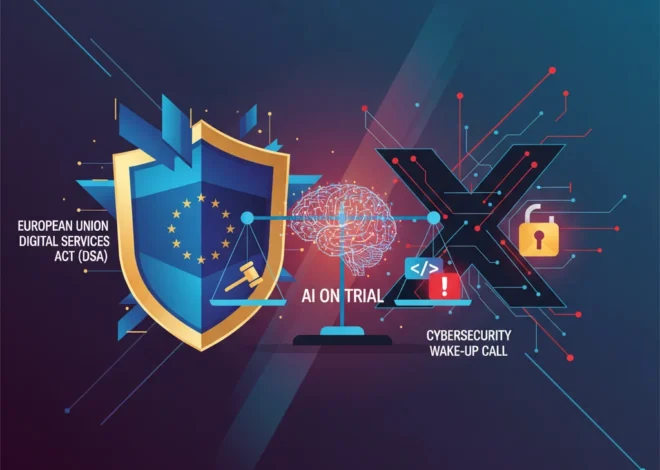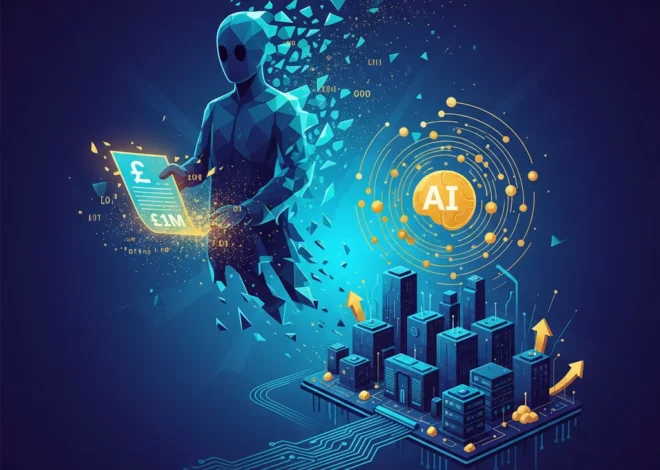
The Line in the Sand: Why OpenAI’s Stance on MLK Deepfakes is a Watershed Moment for AI
In the rapidly evolving world of artificial intelligence, progress is often measured in processing power, model size, and capability. But every so often, a decision is made that isn’t about technical advancement, but about ethical boundaries. Recently, such a moment arrived when OpenAI, the company behind ChatGPT and DALL-E, took a definitive step to temporarily block its tools from creating AI-generated “deepfakes” of the revered civil rights leader, Martin Luther King Jr. The company cited the generation of “disrespectful” content as the reason for this intervention, a move reported by the BBC and others.
On the surface, this might seem like a simple act of content moderation. But look closer, and you’ll see a pivotal event that speaks volumes about the future of AI, corporate responsibility, and the very fabric of our digital reality. This isn’t just a story about a single historical figure; it’s a case study in the immense challenge of embedding human values into silicon. It’s a moment that every developer, entrepreneur, and tech professional should be watching closely, as it signals a crucial shift from a “can we build it?” mindset to a more profound “should we build it?” conversation.
This single action forces us to confront uncomfortable questions: Who gets to decide what is “disrespectful”? How can we scale ethical moderation in an ecosystem built for explosive growth? And as we hurtle towards a future powered by generative AI, where do we draw the line to protect our history, our icons, and our shared sense of truth?
The Double-Edged Sword of Generative AI
To understand the gravity of OpenAI’s decision, we first need to appreciate the technology at its core. “Deepfakes,” a portmanteau of “deep learning” and “fake,” are hyper-realistic, AI-generated videos or audio recordings. This powerful form of machine learning can superimpose one person’s face onto another’s body, or synthesize a voice to say things it never actually said. The technology, often powered by models known as Generative Adversarial Networks (GANs) or diffusion models, has staggering potential for both good and ill.
In the hands of innovators, this technology can bring history to life in museums, create revolutionary special effects in films, develop personalized educational tools, and even help restore the voices of those who have lost them. It represents a frontier of creative innovation and expression.
However, the dark side is profoundly dangerous. The same tools can be used to create malicious disinformation, fuel political propaganda, harass individuals, and execute sophisticated cybersecurity attacks like social engineering. A report from the World Economic Forum highlights the rising threat of deepfakes in undermining trust in institutions and media. When applied to a figure as historically significant and morally weighty as Martin Luther King Jr., the potential for misuse is particularly egregious. Creating “disrespectful” content isn’t just an insult; it’s an act of historical vandalism that can distort his legacy and mock the movement he represents.
The AI Boom's Big Secret: Is It Just an Echo Chamber?
The Impossible Task of Moderation at Scale
OpenAI’s decision reveals a fundamental tension at the heart of the modern cloud-based SaaS (Software as a Service) model. When you provide a powerful tool to millions of users, how do you police its use effectively and ethically? The challenge is twofold: technical and philosophical.
Technically, creating automation systems to detect “disrespectful” content is a Herculean task. While it’s easy to block prompts that contain obvious hate speech or explicit terms, nuance is the enemy of automated moderation. What one person considers a respectful tribute, another might see as a crass commercialization. A satirical piece could be misinterpreted as genuine disinformation. The programming logic required to understand human context, irony, and cultural sensitivity is still far beyond our current capabilities. This means that for now, a significant amount of human oversight is required, a solution that doesn’t scale for a platform with over 100 million users.
Philosophically, the question becomes even murkier. By blocking generations of MLK Jr., OpenAI is making an editorial judgment call. It’s a necessary one, many would argue, but it sets a precedent. Which other historical figures are off-limits? Who makes that list? Is it based on user reports, internal ethics committees, or public pressure? These are the questions that startups building on OpenAI’s API and enterprises integrating this software into their workflows must now consider.
To illustrate the complexity, let’s break down some of the ethical dimensions that AI companies must navigate.
| Ethical Challenge | Description | Potential Mitigation Strategy |
|---|---|---|
| Misinformation & Disinformation | The creation of fake content designed to mislead the public, influence elections, or damage reputations. | Digital watermarking of AI-generated content, robust fact-checking partnerships, and clear public-facing usage policies. |
| Bias and Representation | AI models trained on biased internet data can perpetuate and amplify harmful stereotypes. | Curating diverse and representative training datasets, continuous model auditing, and providing users with tools to report biased outputs. |
| Intellectual Property & Likeness | Generative AI can replicate artistic styles or create content using the likeness of individuals without consent. | Developing clear policies on fair use, implementing opt-out mechanisms for artists and public figures, and exploring new licensing models. |
| Malicious Use (Cybersecurity) | Using AI to create realistic phishing scams, generate malicious code, or automate social engineering attacks. | Implementing stringent user verification, monitoring for anomalous API usage, and collaborating with the cybersecurity community. |
Digital Legacy in the Age of Artificial Intelligence
The controversy also forces a long-overdue conversation about digital legacy. In our increasingly digital world, a person’s likeness, voice, and words are assets that can live on—and be manipulated—long after they are gone. The law is struggling to keep up. While the “right of publicity” protects a living person’s image from unauthorized commercial use, the rights of the deceased are a complex patchwork of state laws and estate wishes.
As a study from the Vanderbilt Journal of Entertainment & Technology Law explores, posthumous rights of publicity are inconsistent and ill-equipped for the age of AI. Can an AI be trained on the works of a deceased author to write a “new” novel in their style? Can a historical figure be made to “endorse” a political candidate they would have vehemently opposed? These aren’t hypothetical questions anymore.
Protecting the legacy of a figure like Dr. King is paramount. His words and image are not just historical data points; they are symbols of a global struggle for justice and equality. Allowing his likeness to be used in “disrespectful” ways—whether for trivial memes, commercial exploitation, or malicious propaganda—devalues that legacy and disrespects the history he helped shape. OpenAI’s action is an acknowledgment of this unwritten social contract: some figures, and the ideals they represent, are too important to be left to the whims of an algorithm and its users.
From Downing Street to Silicon Valley: Why Big Tech Is Hiring Politicians to Win the AI Race
The Path Forward: A Call for Responsible Innovation
So, where do we go from here? OpenAI’s decision is not a final solution but a first step. It highlights the urgent need for a more comprehensive framework for responsible artificial intelligence development and deployment. This is a shared responsibility that extends across the entire tech ecosystem.
- For Platform Providers (like OpenAI): The future lies in proactive, not just reactive, safety measures. This means investing heavily in research to detect manipulated content, developing transparent policies, and creating ethical frameworks that prioritize human dignity over unchecked capability.
- For Developers and Startups: Building on top of powerful AI platforms means you are part of the safety chain. It’s crucial to understand the terms of service, implement your own content filters, and design your applications in a way that discourages misuse. Your innovation must be paired with integrity.
- For Cybersecurity Professionals: The rise of synthetic media is a new frontier for digital threats. Developing robust detection tools and educating organizations about the risks of AI-driven social engineering will be critical in the coming years. A recent warning from the FBI about deepfakes used in extortion schemes underscores the urgency.
- For the Public and Policymakers: We need to foster greater digital literacy to help people critically evaluate the content they see online. Simultaneously, policymakers must work with technologists to craft thoughtful regulations that can curb the worst abuses of AI without stifling beneficial innovation.
Intel's Audacious Comeback: Inside the Arizona Fab That Could Redefine Tech's Future
The incident with Martin Luther King Jr.’s likeness is a powerful reminder that the code we write does not exist in a vacuum. It operates within a complex human society, with a rich history and a fragile future. OpenAI’s decision to draw a line in the sand, however temporary or imperfect, is a significant acknowledgment of this reality. It’s a declaration that the most important part of building the future isn’t just about the power of our technology, but the strength of our values.


